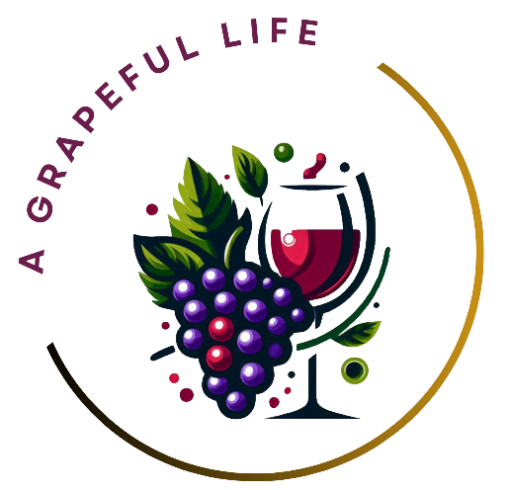Wine tasting is an experience that takes your senses on quite the adventure. It’s not just about sipping and swirling; it’s about really getting the feel of what’s in your glass. A wine tasting guide for beginners is a great place to help you understand and appreciate wine. Understanding this can add a whole new layer of enjoyment every time you pour a glass.
The magic of wine tasting has deep roots, tracing back through centuries and across continents. It’s more than a social activity—it’s part of a rich tapestry of history and culture. Every glass tells a story, and being aware of this cultural backdrop enriches your tasting experience.
When you first glance at my wine tasting guide sheet, it might look like a ton of details crammed into a little paper, but it’s there to lead your exploration. It helps you break down the complex dance of flavors, aromas, and visual cues so you can appreciate every little nuance.
To help with your own journey in the magical world of wines, I have created a guide sheet for you to use, learn from and enjoy. Of course it won’t have every wine out there, but it will be a great help when you are first dipping your toes into this wonderful world. Just click on the image below:
Tapping into sensory evaluation is like getting backstage access to the world of wine. Each wine has a unique profile, shaped by its environment and creation process, and understanding this profile enhances your appreciation. Using sight, smell, and taste, you’re like a detective solving the delicious mystery of what’s in your glass.
A Guide to Exploring Different Types of Wine
When it comes to wine, variety is truly the spice of life. Each type of wine brings its own set of charms and characteristics, making the world of wine endlessly intriguing and delightful.
Red wine often steals the spotlight with its bold flavors and deep, rich hues. Red wine is made from dark-skinned grape varieties, known for its tannins, which can give red wine a distinctive dry finish. Think of popular choices like Cabernet Sauvignon or Merlot, each with its unique profile.
White wines are the lighter, more citrusy companions to reds. They feature bright, crisp notes and are often made from grapes like Chardonnay or Sauvignon Blanc. As they are typically enjoyed chilled, their refreshing nature makes them perfect for warmer days and lighter meals.
Meanwhile Rosé sits comfortably between red and white, praised for its versatility and beautiful pink hues. It combines some of the characteristics of both red and white wines, resulting in a refreshing but slightly fuller body than a typical white.
Sparkling wines are all about effervescence and celebration. Bubbly favorites like Champagne or Prosecco are crafted with a special process that creates their signature fizziness, making them the go-to choice for celebrations.
Finally, dessert and fortified wines like Port and Sherry bring sweetness in varying degrees. Often enjoyed after meals, they’re richer and supremely decadent.
Recognizing how these variations influence taste preferences and style is what makes wine tasting an exciting and personal journey. It’s all about finding what suits your palate and enhances your experiences.
Essential Wine Tasting Terminology
When you start exploring the world of wine, being familiar with key wine tasting terms can make a huge difference in how you describe and understand what you’re drinking.
‘Body’ is all about how the wine feels in your mouth. A wine can be light-bodied, depending on its alcohol content and grape variety or full-bodied. Think of how it feels in your mouth to drink say, skim milk to full cream milk or even cream.
Acidity gives wine its refreshing zing. You’ll often find higher acidity in white wines, giving them that crisp taste. It can make a wine feel fresh and tangy.
Tannins are mostly associated with red wines, delivering that drying sensation you might feel on your tongue and gums. They’re influenced by how the wine interacts with grape skins and seeds during fermentation.
Finish refers to the aftertaste or flavors left after you swallow. A long finish is usually a sign of a quality wine, where the flavors linger pleasantly.
Learning to articulate these experiences using the right terminology can turn wine tasting into more than just drinking. It’s like unlocking a new language.

I’ve never used tasting sheets before, and honestly, I didn’t even know they were a thing! Amazing that hey can help you engage more deeply with each glass and appreciate the nuances of flavors and aromas. I will try using them to enhance my wine tasting experiences. Cheers to discovering new ways to enjoy wine!